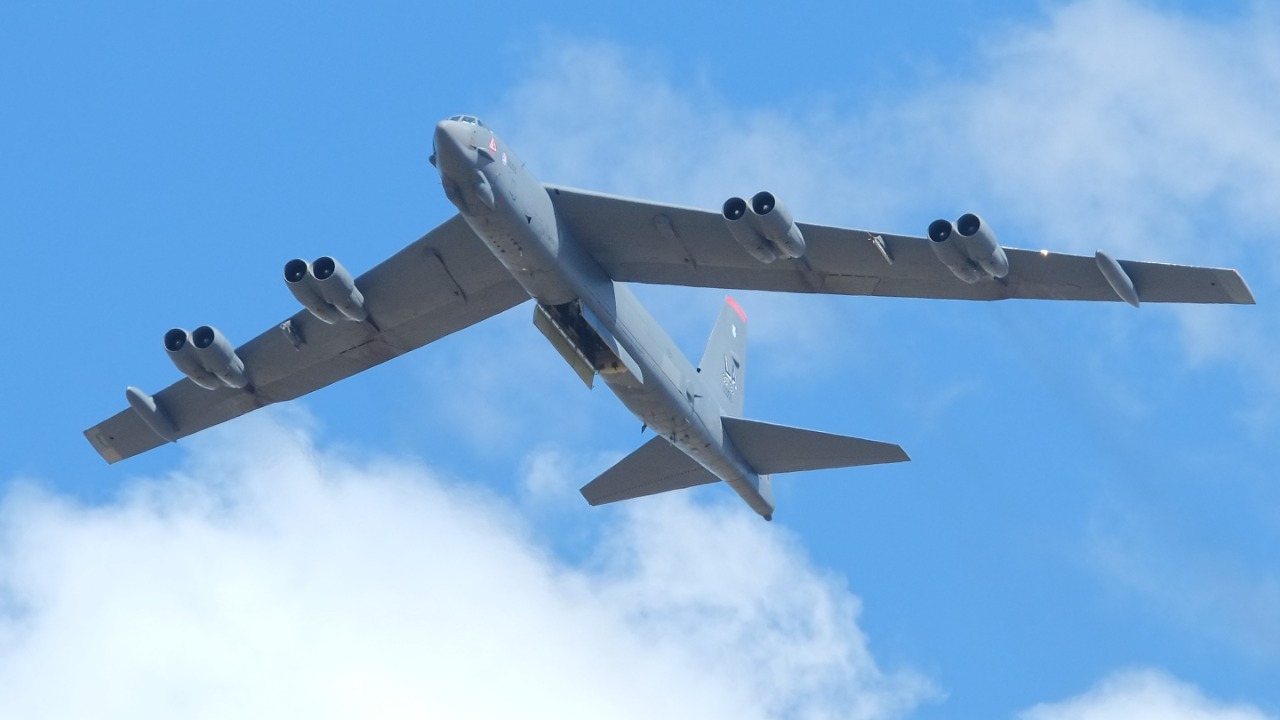
The history of aviation is filled with remarkable aircraft that have challenged our understanding of physics. From the early days of flight to the supersonic era, these planes have not only pushed technological boundaries but have also become icons in their own right. Let’s explore nine classic planes that have defied conventional wisdom and left an indelible mark on aviation history.
The Wright Flyer
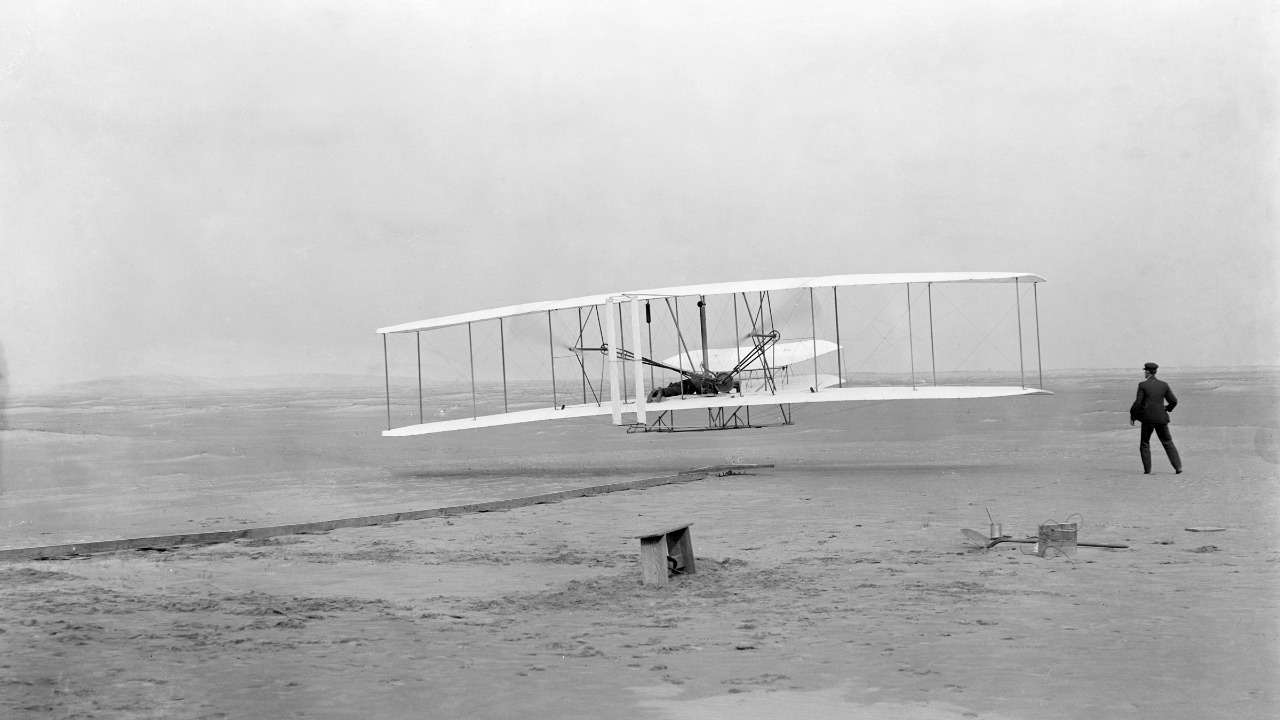
The Wright Flyer, built by the Wright brothers, is where it all began. On December 17, 1903, this pioneering aircraft made the first powered flight at Kitty Hawk, North Carolina. The Flyer was a fragile biplane with a wingspan of 40 feet, using a custom-built engine and propellers designed by the Wrights themselves. Despite its rudimentary design, the Flyer managed to stay aloft for 12 seconds, covering 120 feet.
This accomplishment was a monumental achievement that defied the skepticism of the time. The Wright brothers’ innovative approach to control and propulsion laid the groundwork for modern aviation. Learn more about their journey and how they changed the world with their invention.
Lockheed SR-71 Blackbird
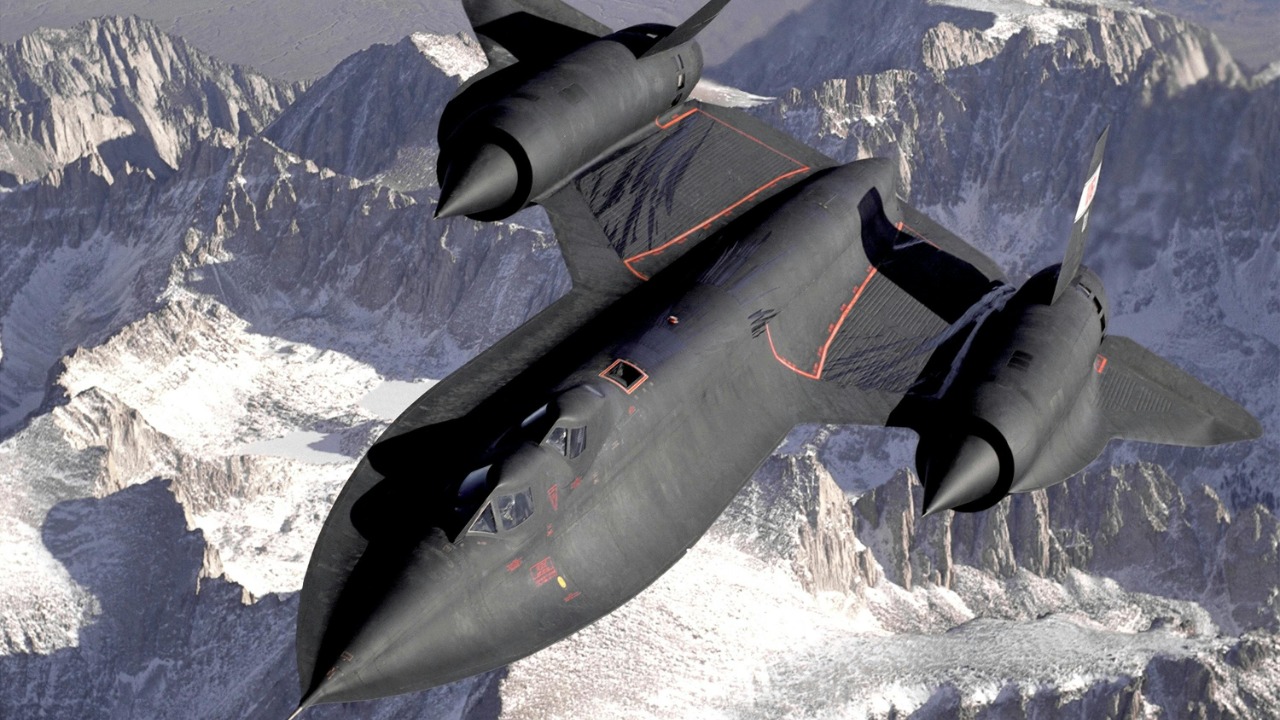
The Lockheed SR-71 Blackbird was an engineering marvel known for its speed and stealth capabilities. Flying at altitudes of 85,000 feet and reaching speeds over Mach 3, the Blackbird was practically untouchable by enemy defenses. Its unique shape and advanced materials allowed it to minimize radar detection, making it a critical asset during the Cold War.
The SR-71’s performance was so extraordinary that even today, it holds the record for the fastest air-breathing manned aircraft. Its ability to travel from New York to London in under two hours remains an incredible feat. Watch an in-depth video to see the Blackbird in action.
Concorde
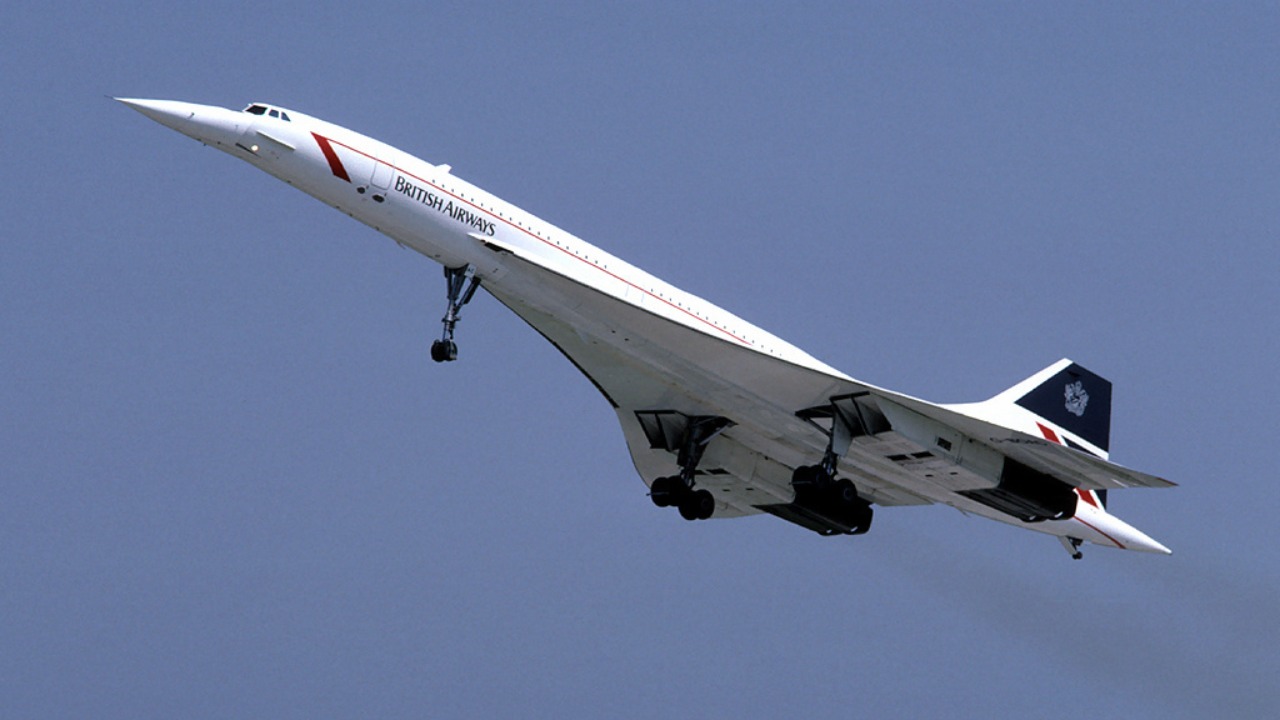
The Concorde represents an era when supersonic travel was a reality for commercial passengers. With a cruising speed of Mach 2, the Concorde could travel from New York to Paris in just over three hours. Its sleek delta-wing design and afterburning engines allowed for this incredible speed while maintaining passenger comfort.
Despite its eventual retirement in 2003 due to rising operational costs and regulatory pressures, the Concorde remains a symbol of human ingenuity and ambition. Its design continues to influence modern aviation engineers. Explore the detailed science behind supersonic flight to understand its complexities.
Bell X-1
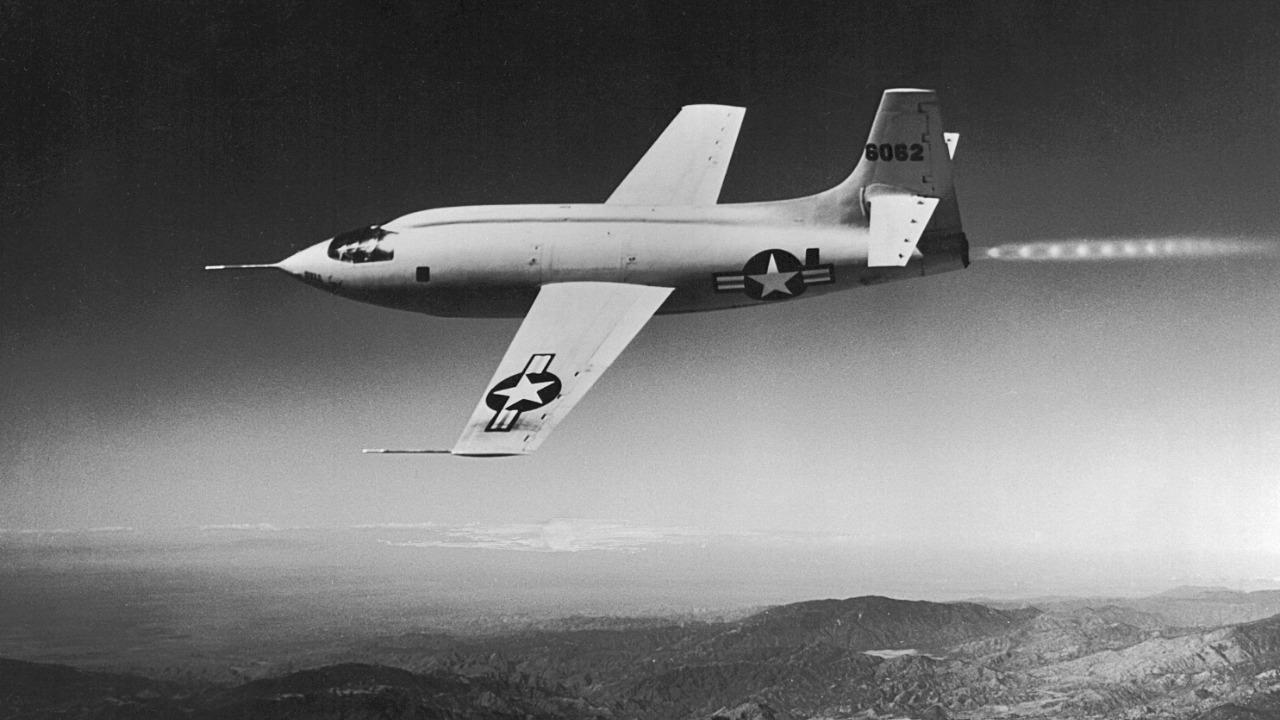
The Bell X-1 was the first aircraft to break the sound barrier in level flight. Piloted by Chuck Yeager on October 14, 1947, the X-1 reached a speed of Mach 1.06. The rocket-powered plane was shaped like a bullet to better handle the shock waves of supersonic flight.
This achievement marked a pivotal moment in aviation history, paving the way for future supersonic aircraft. The X-1’s success demonstrated that controlled supersonic flight was not only possible but also safe, leading to advancements in aerodynamics and propulsion technologies.
Boeing B-52 Stratofortress
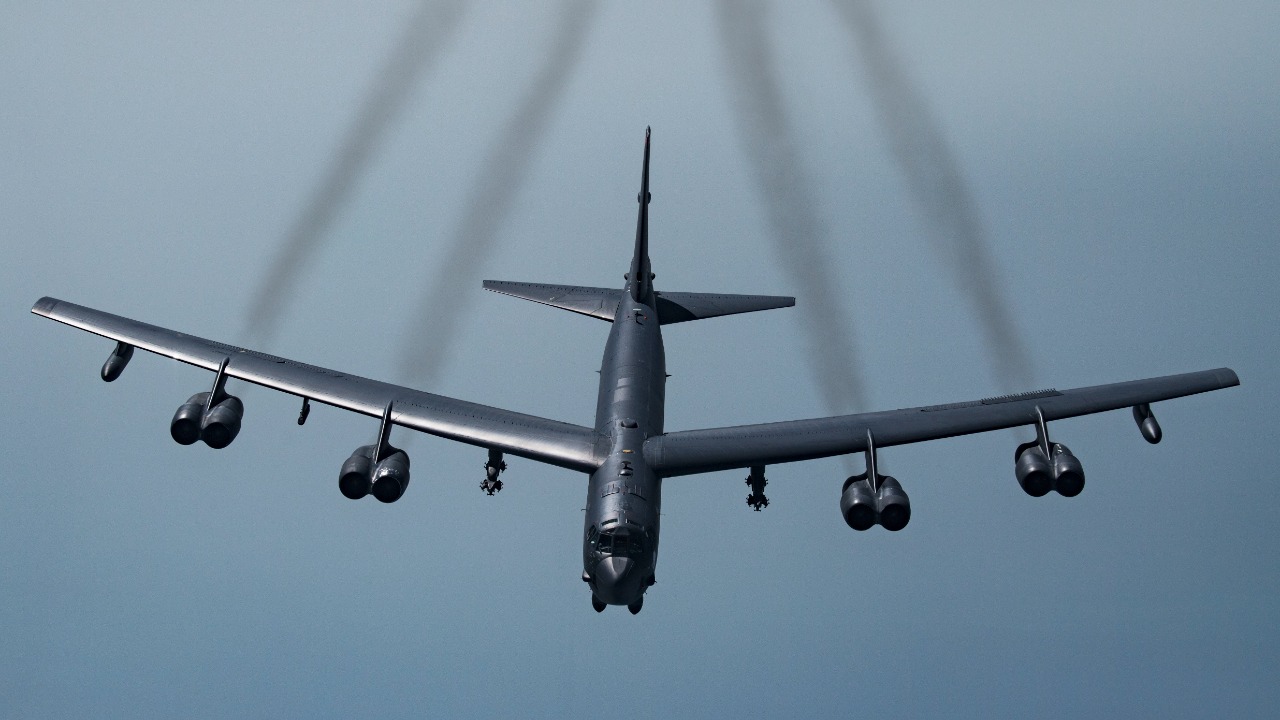
The Boeing B-52 Stratofortress has been a mainstay of the United States Air Force since its introduction in the 1950s. Known for its long-range capabilities and high payload capacity, the B-52 has served in various roles from strategic bombing to maritime surveillance.
Its ability to carry nuclear weapons and its adaptability have made it an enduring symbol of American air power. The B-52’s longevity is a testament to its robust design, and it is expected to remain in service for decades to come. Discover more about the B-52’s impact on military aviation.
Douglas DC-3
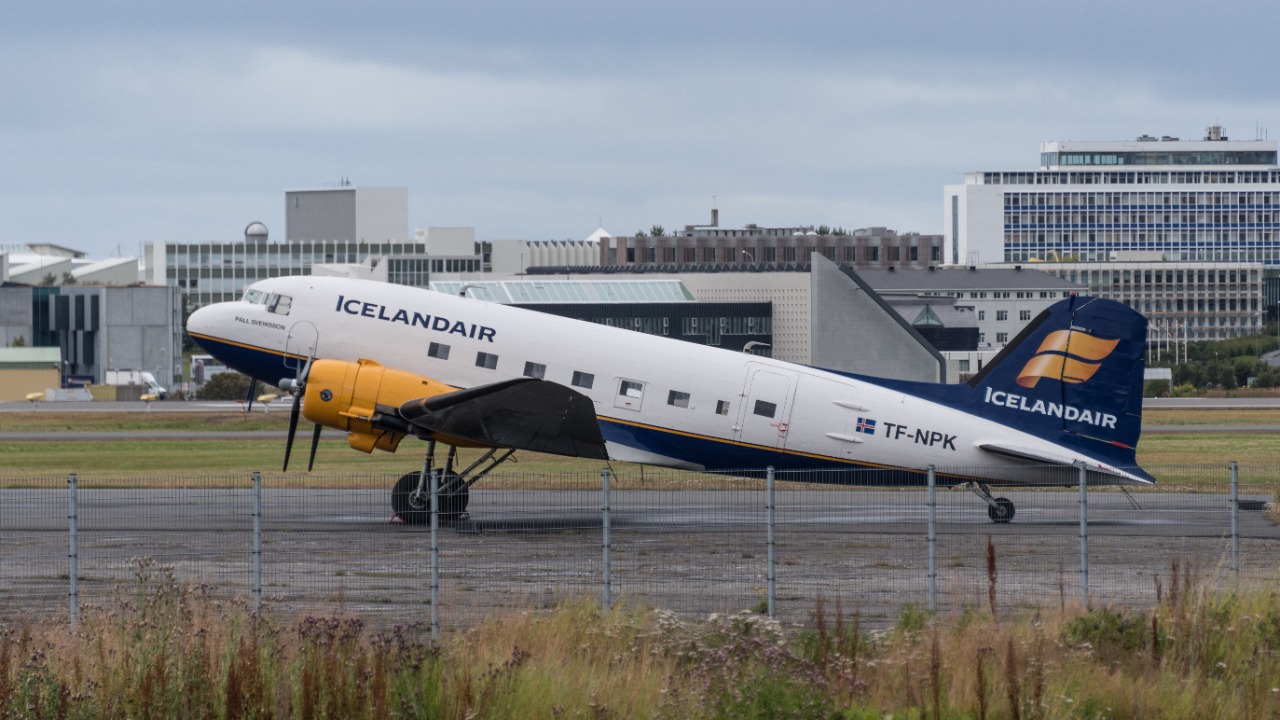
The Douglas DC-3 revolutionized commercial air travel with its reliability, range, and speed. Introduced in the 1930s, the DC-3 quickly became the backbone of airlines worldwide, capable of flying long distances while carrying a significant number of passengers.
Its rugged construction and versatility also made it a favorite for military transport during World War II, where it was known as the C-47 Skytrain. The DC-3’s contribution to aviation is undeniable, with many still flying today in various roles around the world.
North American P-51 Mustang
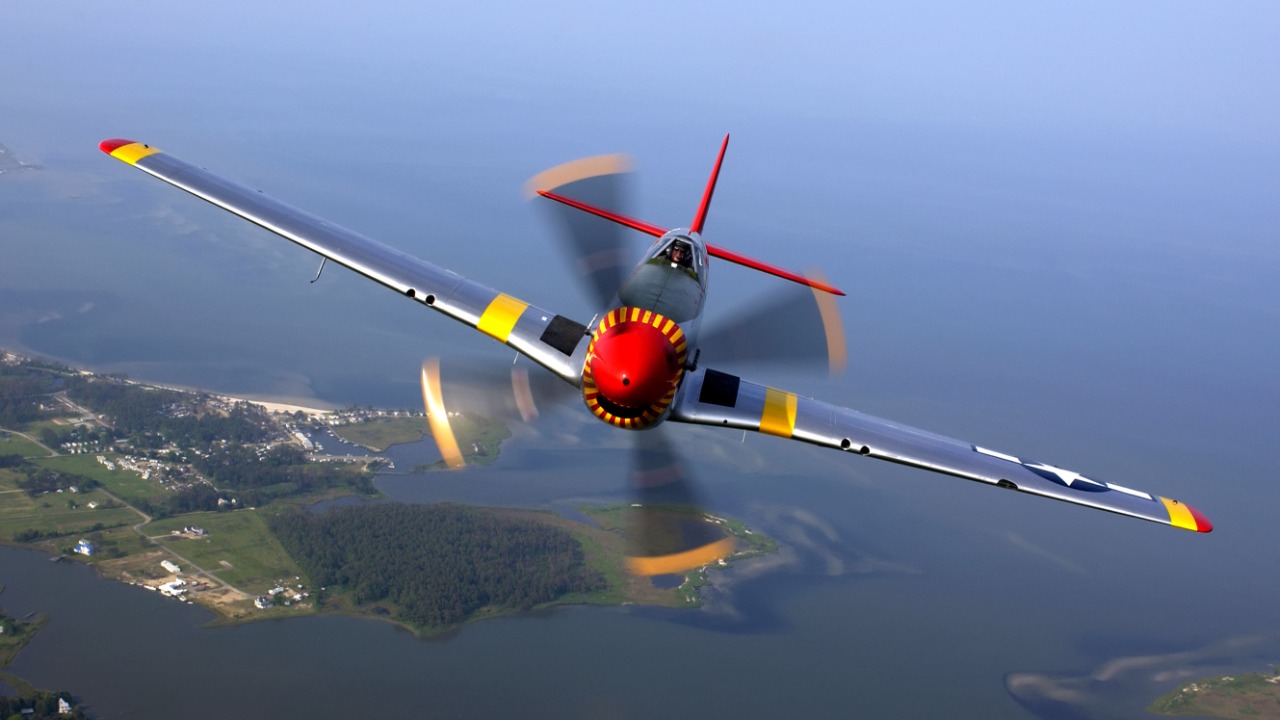
The North American P-51 Mustang was one of the most effective fighter planes of World War II. Equipped with a powerful Rolls-Royce Merlin engine, the Mustang had the speed, agility, and range to escort bombers deep into enemy territory.
Its role in securing air superiority over Europe was crucial to the Allies’ success. The P-51’s design set new standards for fighter aircraft and remains a beloved warbird in airshows and private collections around the globe.
Vought F4U Corsair
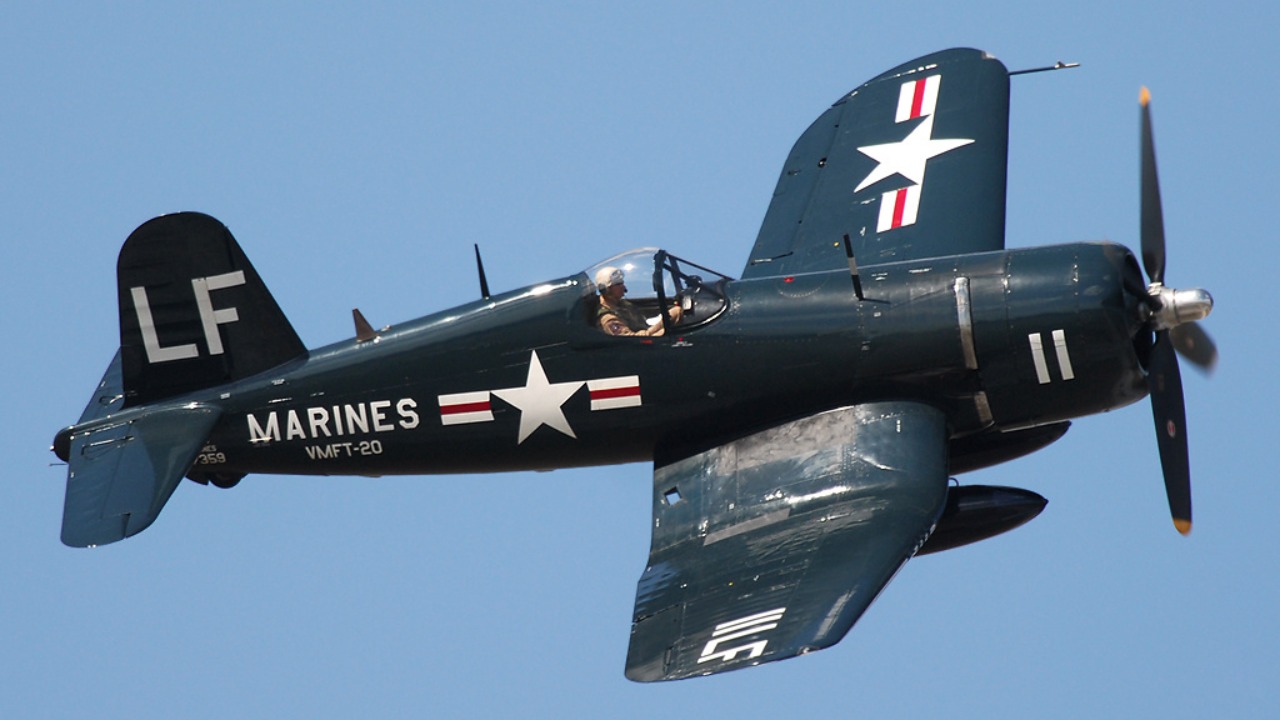
The Vought F4U Corsair, recognizable by its distinctive inverted gull wing, excelled as a carrier-based fighter during World War II. Its robust design and powerful engine allowed it to outperform many adversaries in the Pacific Theater.
The Corsair’s ability to adapt to various combat situations, from dogfights to ground attacks, made it a versatile weapon. Its legacy endures, celebrated by aviation enthusiasts and historians alike for its contributions to naval aviation.
Supermarine Spitfire
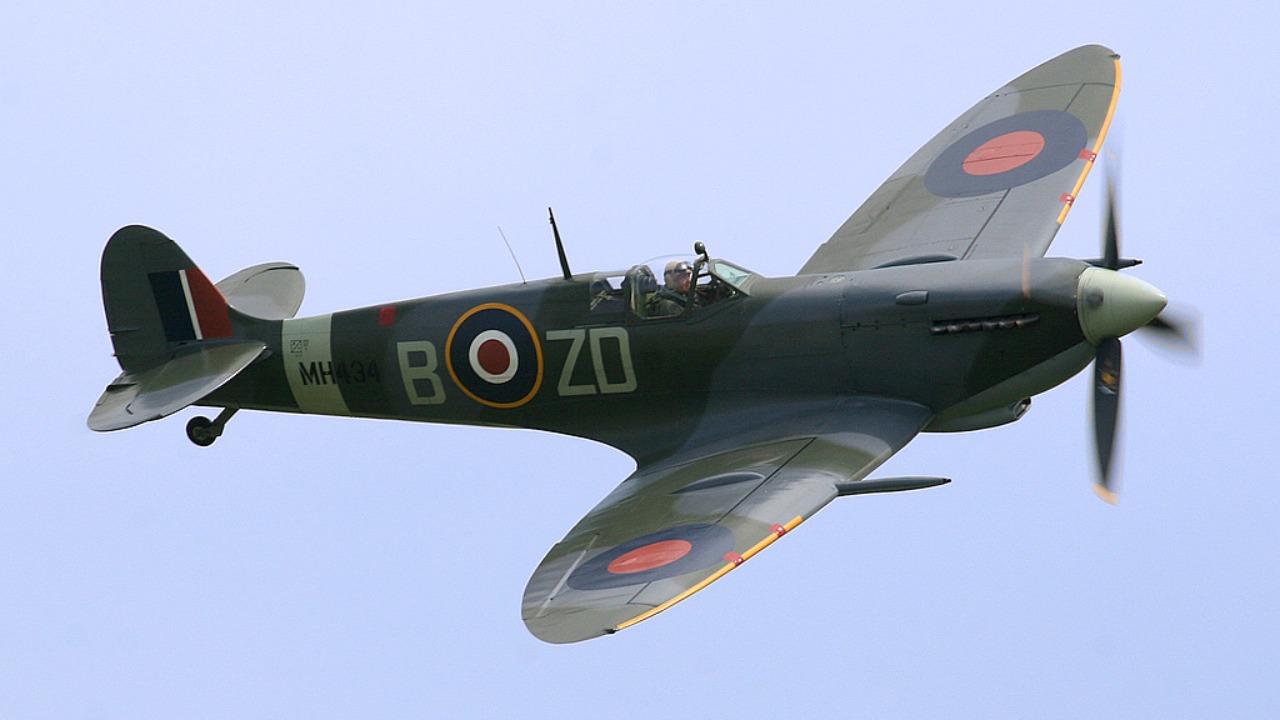
The Supermarine Spitfire remains one of the most iconic aircraft of all time. Known for its elliptical wings and unmatched maneuverability, the Spitfire played a crucial role in the Battle of Britain during World War II.
Its ability to outmaneuver German fighters and its rapid climb rate made it a formidable opponent. The Spitfire’s enduring legacy is not only in its combat record but also in its timeless design, inspiring generations of pilots and aircraft designers. Watch this video to see the Spitfire in flight and appreciate its engineering brilliance.